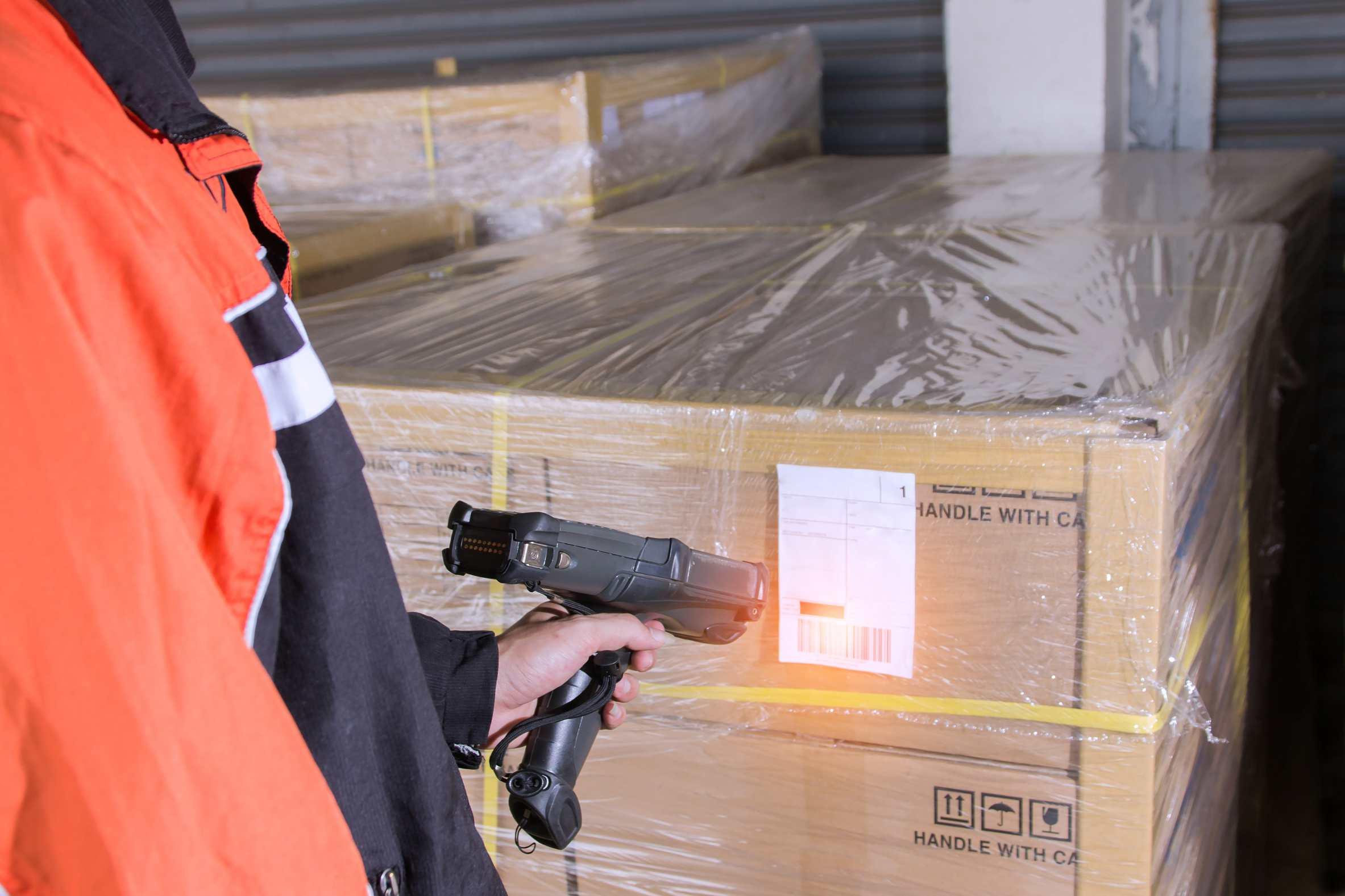
2 minute read
Here are some Good Distribution Practises that will help
Personnel
Ÿ All personnel involved should be trained according to their job tasks
Advertisement
Ÿ Key members should have enough experience to manage the drugs properly
Ÿ There should be competent personnel at every distribution stage to ensure product quality
Ÿ National regulations with qualifications and experience of personnel should be followed
Ÿ Dealing with hazardous pharmaceutical products such as hazardous chemical, risky fire
Ÿ Personnel hygiene should be maintained
Ÿ First-aid procedures and equipment for dealing with emergencies should be available
Ÿ Procedures designed should minimize the possibility of unauthorized possession
Ÿ Codes of disciplinary procedures in the distribution process should be implemented
Quality management
Ÿ Proper documentation of quality policy in relevance to govt regulations should be made.
Ÿ They should cover the principles of quality assurance, embodied in the WHO guidelines.
Ÿ There should be a place to ensure traceability and quality of pharmaceutical products.
Ÿ Authorized procurement and release procedures should be in place

Ÿ All entities in pharma supply chain should fall under national policies and legislation.
Ÿ Authorized SOPs for all administrative and technical operations performed should be stored at one place
Ÿ Inspection and certification of compliance by external bodies is recommended.
Containers and container labelling
Ÿ All drugs stored, should not have an adverse effect on the quality of the products.
Ÿ They should offer protection from external influences and microbial contamination.
Ÿ Labels should be clear, unambiguous, permanently fixed to the container and be indelible.
Ÿ Information on the label should comply with applicable national legislation.
Ÿ The labelling language should be easy to understand.
Ÿ Special transport and storage conditions should be stated on the label.
Ÿ Shipping containers should provide sufficient information on handling and storage conditions.
Ÿ Special care should be taken for using dry ice in containers.
Ÿ Written procedures should be available for the handling of damaged or broken containers.
Dispatch
Ÿ Written proof for dispatch of products to person or entities.
Ÿ The supplier should be aware of the storage and transport conditions.
Ÿ The dispatch should be after a valid delivery order receipt or material replenishment plan.
Ÿ Records of dispatch should have all necessary details written in it.
Ÿ Delivery schedules and route planning should be planned on prior basis.

Ÿ Vehicles and containers should be loaded carefully.
Ÿ Pharma products should not be supplied or received after their expiry date.
Transportation and Products in Transit
Ÿ The manufacturer should communicate all relevant conditions for storage & transportation.
Ÿ General international requirements regarding safety, health and environmental, temperature should be observed.
Ÿ The process should not have a negative effect on quality of pharma products.
Ÿ Written procedures should be in place to investigate and deal with any violations.
Ÿ Products that are highly active or other dangerous drugs should be transported in safe containers and vehicles.
Ÿ Spillages should be clean as early as possible.
Ÿ Damage to containers during transit must be recorded and reported.
Searching for a partner that can help you meet these good distribution practices? Visit www.batchmasterco.in

